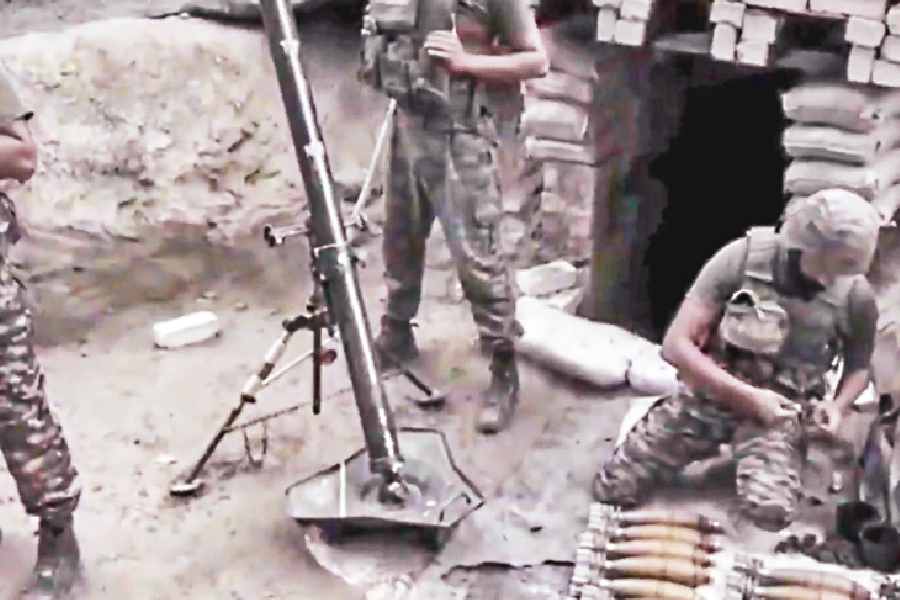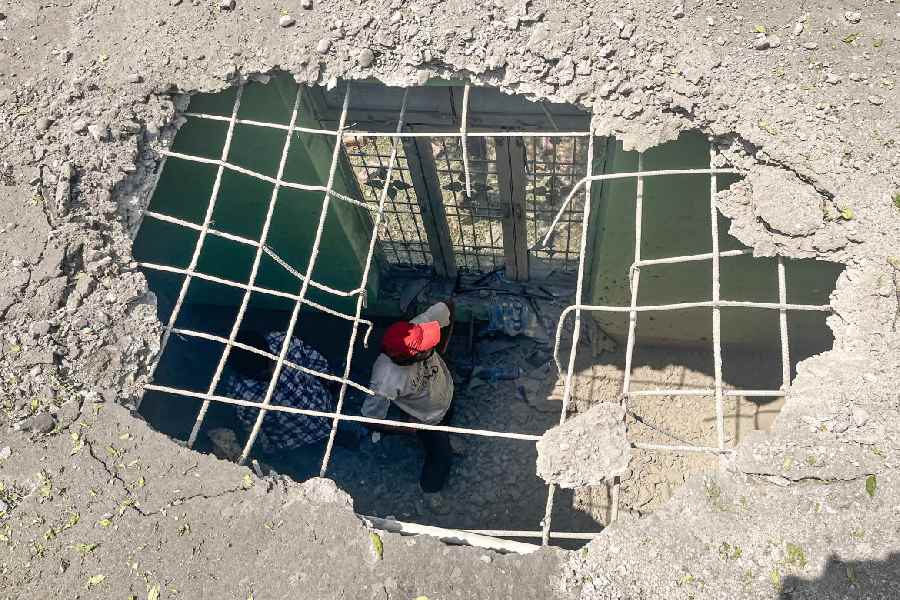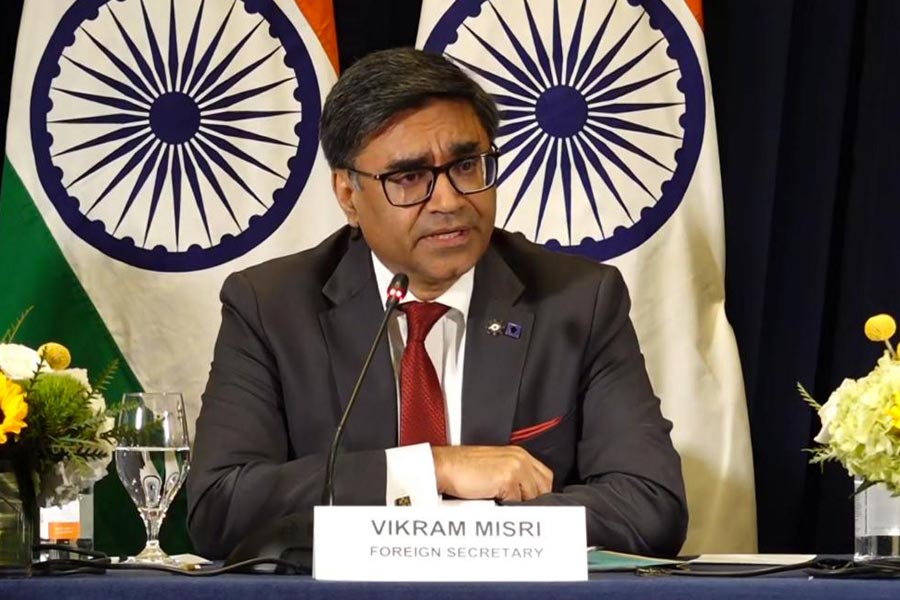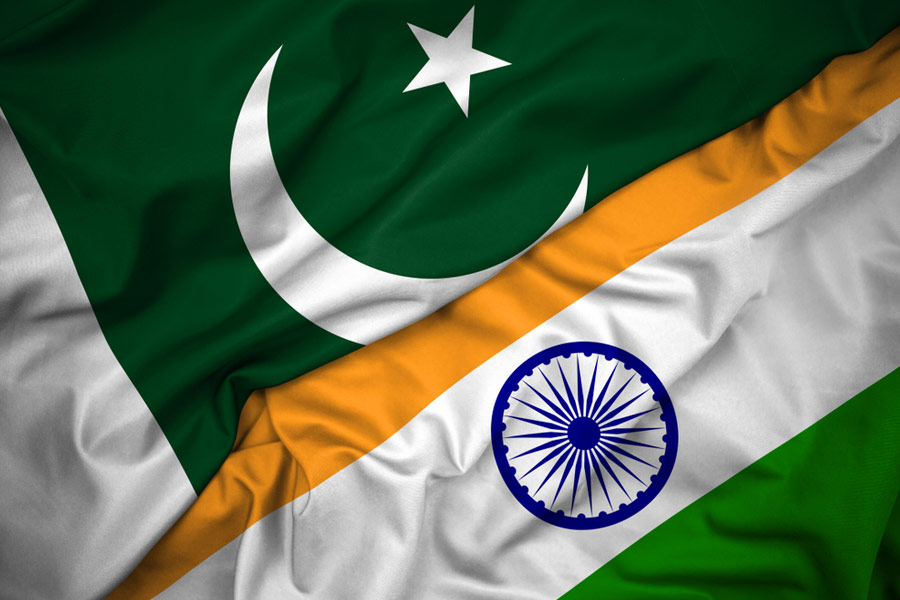|
|
| Princely affair |
SHAH JAHAN: THE RISE AND FALL OF THE MUGHAL EMPEROR By Fergus Nicoll, Haus, £20
This book is a rare achievement because here an amateur historian somewhat outstrips the professional historian in the simple art of writing an analytical narrative about the life and times of an emperor. Fergus Nicoll is a current-affairs journalist with the BBC with an eye for history. He reconstructs in this book the life of the best-known Mughal Emperor, Shah Jahan. The adjective “best-known” has nothing to do with his abilities and his achievements, considerable though they were, but with the mausoleum he built for his favourite queen.
Nicoll has immersed himself in the relevant Persian documentation as well as the accounts left behind by Europeans. He has also read the relevant secondary literature. His research is thus complete and competent. But it is the manner of his telling the story that makes for the attraction of this book. It is eminently readable because it is totally free of any kind of jargon. Nicoll does not reduce history to the telling of one damn thing after another. His account is full of details but these details never slow down his narrative. This is a book that no academic can dismiss with that damning comment: “it is popular history”. It is also a book that a non-specialist with a love for history will enjoy.
The reign of Shah Jahan (1628-59) is often referred to as the golden age of the Mughals. The principal reason for this is its opulence in building, crowned obviously by the Taj Mahal. It was also the period, especially during Shah Jahan’s last years, when elements of the crisis that would cause the Mughal empire’s downfall began to emerge. Nicoll is excellent in describing the splendour of the reign but a trifle weak in reading the omens for the future.
Shah Jahan’s reign has a very long prologue. In this book, he does not come to sit on the throne till the beginning of chapter 10 and after 160 pages. This should not cause any eyebrows to be raised since his youth was important. He was his father’s favourite initially and the working of what historians have come to call the Nur Jahan junta actually went in his favour. This, however, was a passing phase, as Jahangir’s scheming queen, turned against Shah Jahan who rebelled against his father. (The rebellion of Mughal princes against their fathers is a part of Mughal history. Jahangir had risen against his father and had been forgiven. Shah Jahan himself was imprisoned by his son Aurangzeb.) The rebellion failed and Shah Jahan had to roam around the fringes of the empire — the Deccan, Orissa, Bengal and parts of Rajastan. His days out in the cold ended because of a clever piece of plotting by his father-in-law, Asaf Khan, who installed Dawar-Bakhsh (son of Khursraw, Shah Jahan’s eldest brother who had been blinded by Jahangir because of his rebellion.). Even the khutba was read in Dawar-Bakhsh’s name in Lahore after Jahangir’s death. Technically he was the fifth Mughal badshah even though his reign lasted only a few weeks. Shah Jahan had him killed before he ascended the throne. Nicoll is very good in reconstructing this conspiracy.
Nicoll tells in detail how the Mughal court functioned, its various rituals and protocols. He brings these alive by quotations that are highlighted from contemporary observers.
Regarding Shah Jahan’s greatest monument, Nicoll misses the point (made by Giles Tillotson in his book on the Taj) that the Taj Mahal stands in the middle and not at the end of the garden. Archaeological remains have revealed the existence of a garden directly across the river, Mahtab Bagh. The tomb actually lies in the middle of two char baghs and the river flows through the two gardens making it the earthly representation of the Quranic vision of the rivers of paradise.
Nicoll’s book will serve to enhance awareness and interest in the great Mughals.











